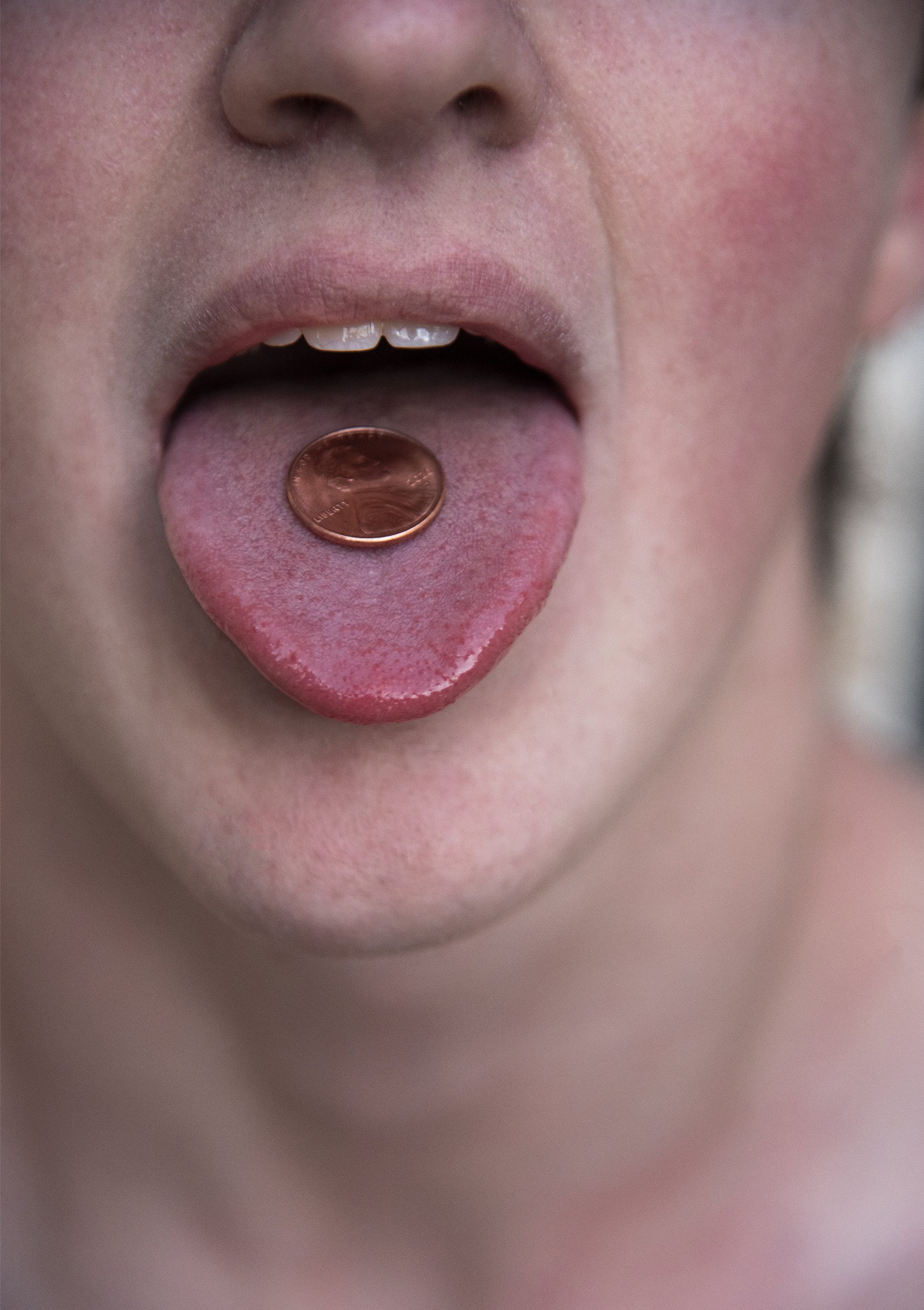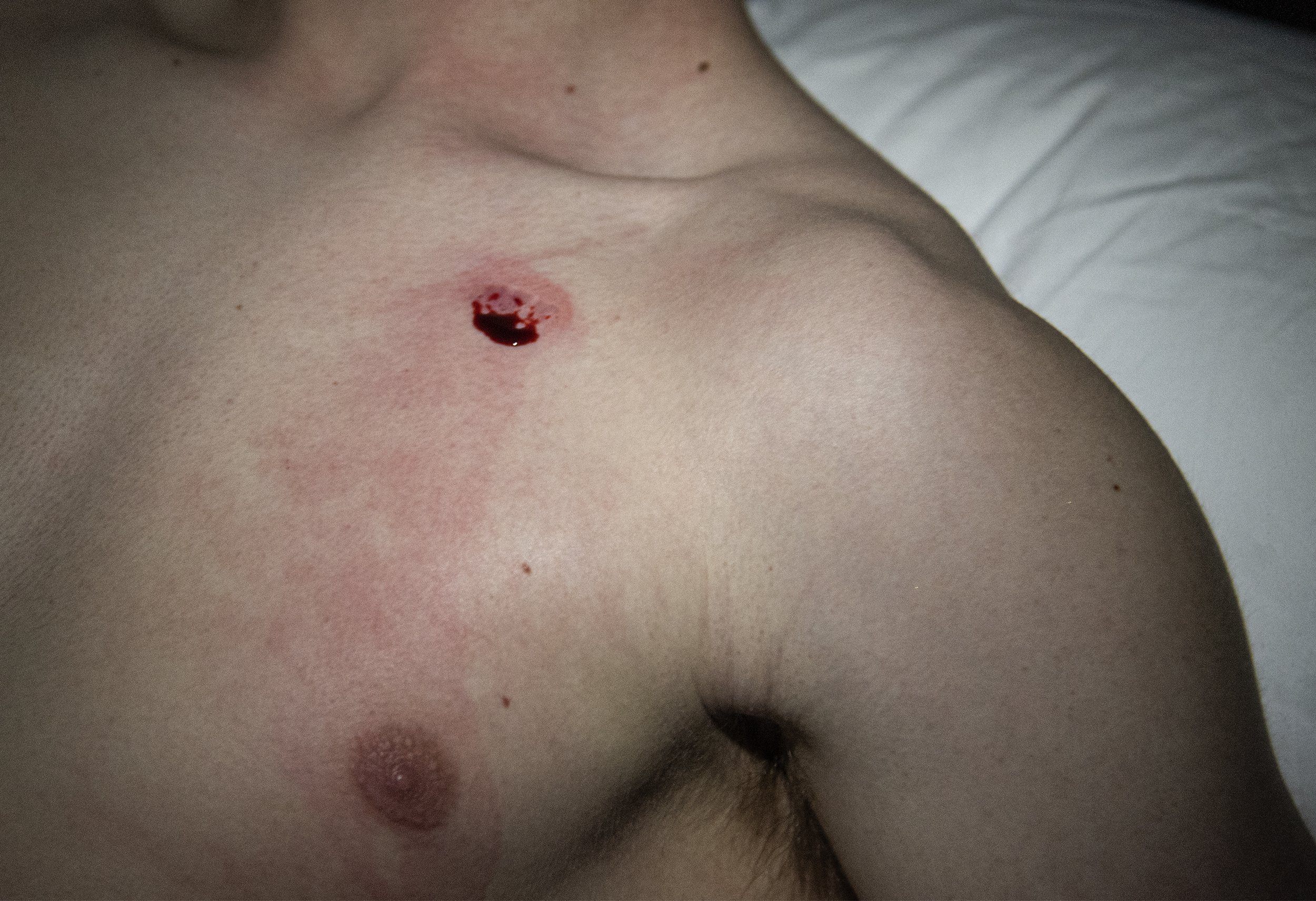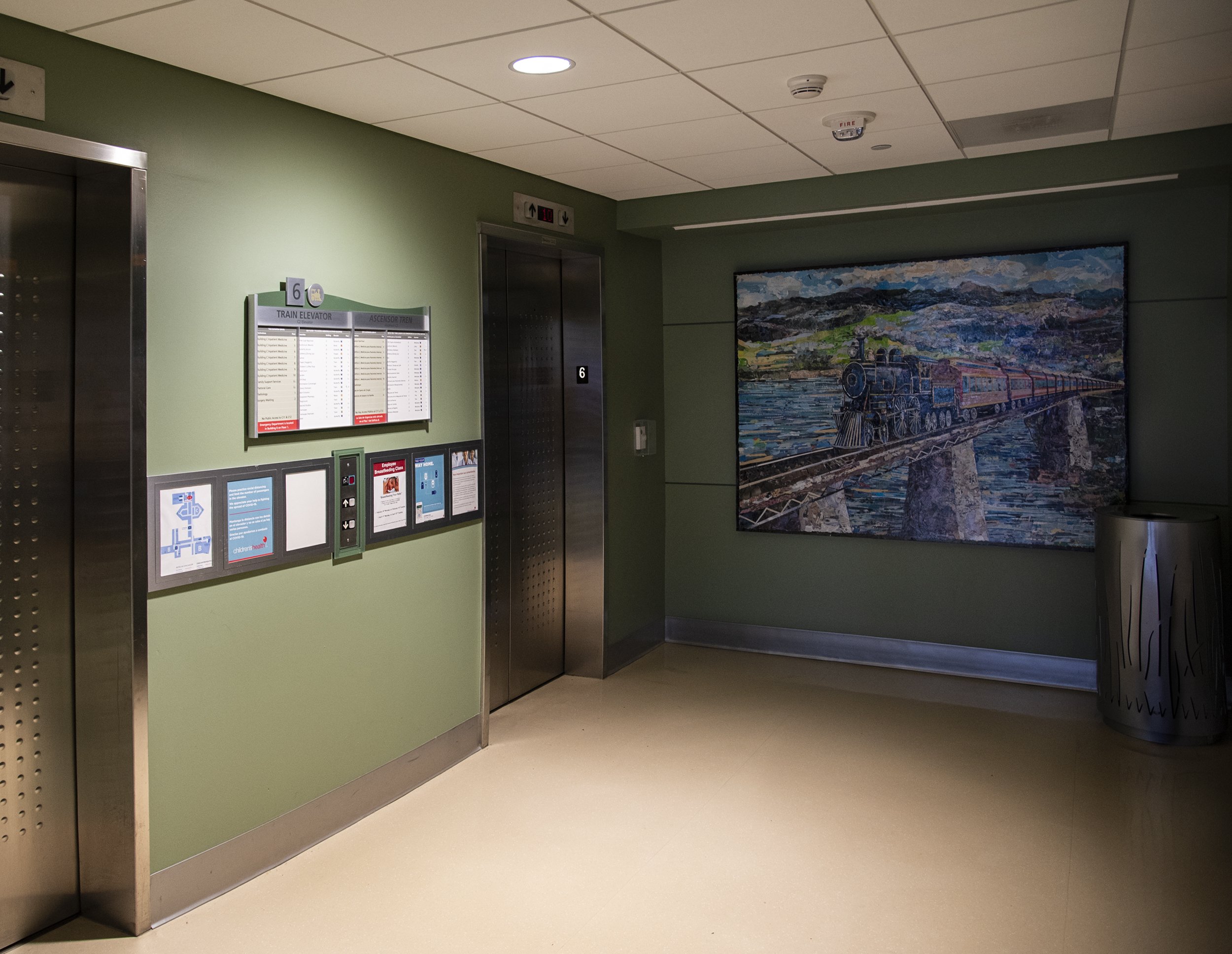IV
My early experiences with photography were more concerned with technique and my efforts centered around making well-crafted images that simply “looked good”. I found the process of making images to be gratifying and enjoyable, but I both struggled and refused to use photography as a means of deeper expression. Four years ago, I was diagnosed with stage IV Hodgkin’s Lymphoma. Throughout that horrible journey and the three years since, I made the decision to protect myself mentally and emotionally by blocking out the pain and fear that characterized my experience. Rather than taking the time to analyze, hate, feel, appreciate, or learn, I coped by simply burying that part of my life. I convinced myself that whatever benefit were to come out of that reflection, it would not be worth that pain that would come with excavating those memories and emotions. Young Arts became the catalyst for my attempts towards transitioning from simply taking pictures to creating images grounded in my experience. Perhaps more importantly, it is the catalyst that prompted me to reflect on the most difficult part of my life. The process of reflecting upon my experience and creating images that illustrate my journey has been both scary and liberating. I’ve realized that photography has since become a means by which I am able to express emotion while addressing any number of life’s challenges.
IV is a collection of images attempting to explore and document the defining moments of my experience as a teenager with stage IV cancer. The most agonizing part of being a cancer patient often isn’t the disease itself, but rather it’s feeling like you’re a cancer patient. The images seek to depict the most sickening and painful parts of my personal experience…the parts that made me feel like I was a cancer patient. Even when I was fortunate to find some sense of normalcy to distract from the horror inside, there were certain things that would rip me back to my reality. IV aims to depict those terribly intimate things objectively and with little emotion. Because ultimately, cancer did not take me, and I will not let it define me.
Pennies--Before and after every chemotherapy infusion, nurses do what’s known as a “saline flush.” The mixture of salt and water is designed to not only sterilize intravenous lines, but to force any medication left in the line into your vein. Its main side effect is a taste in patients’ mouths: copper pennies. After countless flushes, my body associated the penny taste to infusion, and I would gag until it dissipated.
Red Devil--Doxorubicin is one of the most toxic chemotherapy drugs in the world. Called “The Red Devil,” it gets its name from its bright red color. The feeling that came over my body as it dripped into my system can only be described as hell, making the nickname all the more accurate. One side effect of the drug is reddish-colored urine. Even post-infusion, the unsettling sight brought back the pain I was so eager to never feel again.
Port--A port is a plastic device surgically placed under the skin of cancer patients at the beginning of the treatment process to more efficiently deliver drugs into the body. When I slept at night, I would occasionally brush my arm against it. I would scratch it until it bled, praying that somehow it would disappear so I could embrace the release that was sleep.
Piso Seis--The elevator leading to the 6th floor of Children’s Hospital was called the train elevator. Upon arrival at the floor, the overhead speaker would loudly ring, “Piso seis!” before letting out an obnoxious “Choo-Choo!” The forced positivity made me angry, especially for an elevator leading to a floor completely devoid of it.
Tegaderm--After checking in for each infusion, the nurse taking my vitals would glance at her computer and ask for my arm as she fastened an allergy bracelet to my wrist. I would walk to the infusion room, cursing myself for letting my arm be tagged with such a defining constriction. As I felt the overtight plastic begin to pool the blood under my skin, I couldn’t help but relate the hold it had on my hand to cancer’s hold on my mentality.
Straitjacket--In my mind, the hospital gown signaled weakness, vulnerability, and convalescence. The material felt sterile, and whenever I wore it, I felt like the gown was devouring me. In my pursuit of normalcy, the last thing I wanted to do was look in my closet and see a reminder that I was sick, that I was a patient, and that I had cancer.
Duck Feathers--Three weeks and four days into my treatment, I woke up only to see a web of brown strands on my pillow. I could only watch as the coarse, thick hair that my dad had always called “duck feathers” fell from my head. Tears came to my eyes as I truly realized for the first time that I was a cancer patient. I shaved the rest of my head just hours later.
Shiver--As I sat in a chair with the chemotherapy pumping into me, the chill resulting from the IV line that ran up my skin held me back from the sleep I so desperately wanted, and it served as a constant reminder of the frigid poison dripping into my chest.
Liquid Gold--I kept a bag of pineapples on my bedroom floor. My anxiety the mornings before infusions caused such violent nausea that smelling the juice I squeezed out of bagged pineapples as I sat against my wall was the only way I could escape vomiting.
Not Available--With the steroids I was on, I went from skin and bones to overweight almost overnight. I struggled with my own body image. I was embarrassed, and I hated how sickly I looked. My pale skin, patchy head, filled out cheeks, and sunken eyes turned me into what I could only see as ghastly. I would lash out at friends and family trying to get me in photos. The result: a void in my photographic timeline.









